Welcome one and all to the Cephalopod Coffeehouse, a cozy gathering of
book lovers, meeting to discuss their thoughts regarding the tomes they
enjoyed most over the previous month. Pull up a chair, order your
cappuccino and join in the fun. If you wish to add your own review to
the conversation, please sign on to the link list at the end of my post.
Title:
The Omnivore's Dilemma: A Natural History of Four Meals
Author: Michael Pollan
Koalas have it easy. They never have to worry about what to eat because they only ever eat one thing: eucalyptus leaves. For humans, it is more complicated. Because we can theoretically eat anything, we have to make informed choices about what's healthy and what's potentially lethal. That, in a nutshell, is the omnivore's dilemma. Pollan's book explores not only the various options for human food but the numerous paths our chow might follow on its way to our plates. The author examines four routes in particular: industrial agriculture, organic agriculture, sustainable farming (distinctive from the label
organic) and hunting and foraging. While there is some soap box testimony from time to time, preaching is not the point of the book. Each of the paths explored is more complicated than the casual consumer might expect and Pollan encourages awareness more than any particular choice.
Growing up in the suburbs, I never gave much thought to what I ate. My parents did the shopping and the cooking. I ate what was on the table. I am only one generation removed from agrarian society. My father lived on a farm until he was twelve years old. Yet in my concept, food came from Safeway. While I admit to being pickier in my youth, it was never over political principles.
Then I went away to one of them little hippie colleges in the Midwest where I met a vegan for the first time. I'd never even heard of the philosophy before. My new friend confessed that he'd always loved meat until he learned how animals were treated in factory farms. Meat wasn't the only problem, either. Dairy and egg farms were the worst offenders, he told me. The revelation changed his life and he was determined never to eat animal products again.
While he was happy to discuss his lifestyle choice, he wasn't out to convert the rest of us. He was responsible about the health implications, too, conscientious about his own nutrition, either through alternate protein sources or dietary supplements. Getting to know him was my first awareness of the broader implications of what I was eating. Mind you, it didn't change much in terms of my own habits. Inspired by my friend, I tried cutting out pork, just to see if I could do it. The next morning's breakfast sausage ended that experiment in a hurry.
Pollan is no vegetarian, though he tries it on as an exercise for the sake of his adventures. He asserts that consuming meat is central to the human experience. He does argue that animals should be allowed to live a life true to their nature, then killed in as humane and respectful a manner as possible. Meat eaters, in turn, should be aware of the source of their meat and be able to see, quite literally, how the animals are raised and slaughtered.
The next stage in my own omnivore awareness came when I lived in Japan for two years. The Japanese, like many cultures older than our own, have a reverence for food far beyond what is typical in American society. To eat Japanese is to live Japanese is to be Japanese. To walk and eat at the same time is extremely rude. To use your chopsticks to move a plate is unthinkable. To pour your own beer when your friend has an empty glass would be inconceivably thoughtless. Everyone takes these things seriously. Seem silly? Quite the contrary. It's beautiful. It's the world as it should be.
Pollan argues that many of our food-related health problems stem directly from the fact that the United States has, at best, a rather flimsy food culture in comparison to other countries. We resort to fad diets because our default meal does not balance nutrients the way other cuisines have managed to sort out over time. Our tendencies are shaped by the whims of the military industrial complex rather than wisdom accumulated over generations. Obviously, people in other countries die, too. In Japan, for instance, the rate of stomach cancer is higher than ours because of their typical diet. But epidemic obesity and increased rates of diabetes are peculiarly American phenomena (or at least they were until other countries adopted our habits).
The most important development in my omnivore adventure was meeting my wife. As I've written before, she's a wonderful cook and has an insatiable interest in all things edible. She truly is the only reason I can claim to know anything about food. For her, one of the strongest appeals of living in Vermont is the access to farm-fresh produce. Ours is still one of the most rural states in the country and you're rarely far from a working farm.
Obviously, Pollan's book isn't about me. But it has inspired deep consideration of my own relationship with food. It's led me to engage with my students on their experiences with hunting - a major rite of passage for many young men in our area. I find the hobby terrifying but Pollan has challenged my assumptions. Similarly, I now find myself curious about mushrooms, a food I've always avoided, much to my wife's disappointment. If my seventh grade science teacher had mentioned how much we still don't know and may never know about the fungus kingdom, the mystery lover in me might have found greater enthusiasm for biology at a younger age, too.
Please join us and share your own review of your best read from the past
month. This month's link list is below. I'll keep it open until the
end of the day. I'll post April's tomorrow. Meetings are the last
Friday of each month. Next gathering is April 24th.

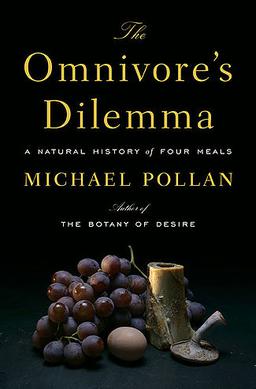
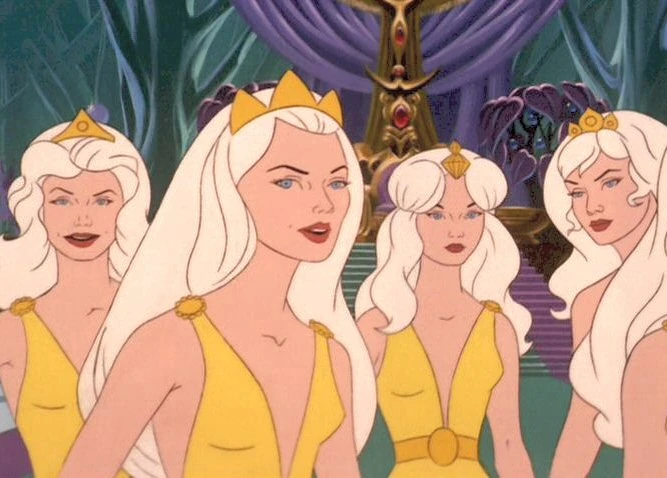
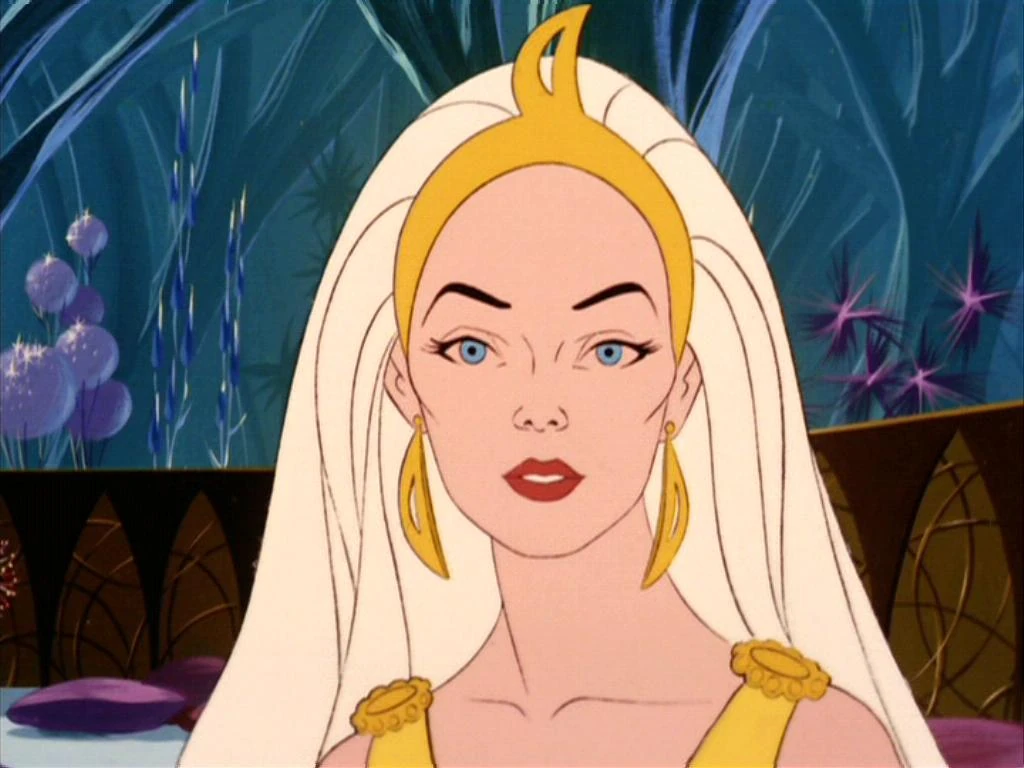

_poster.jpg)
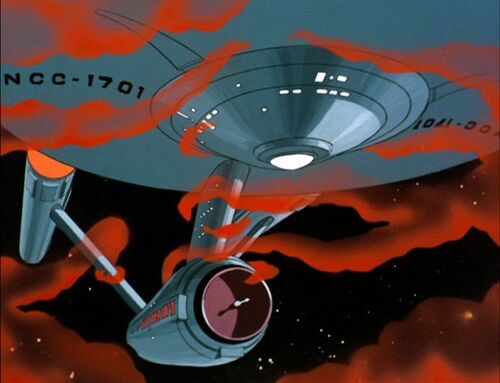

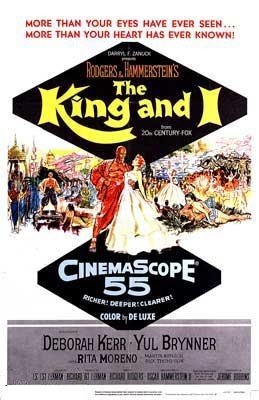


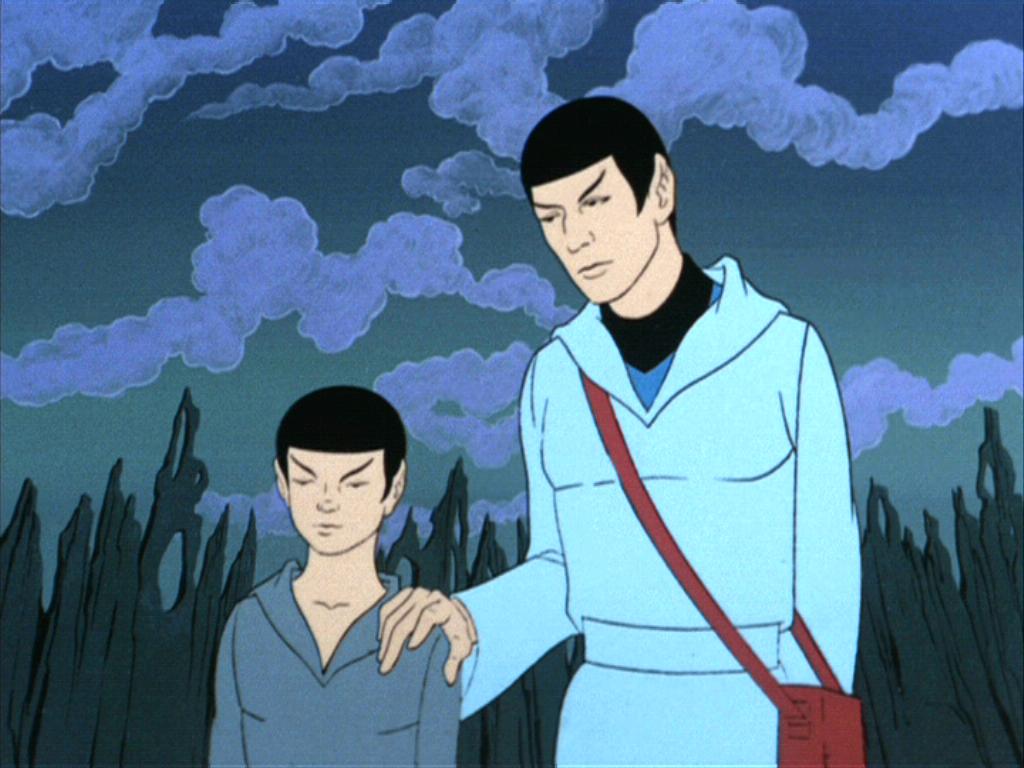
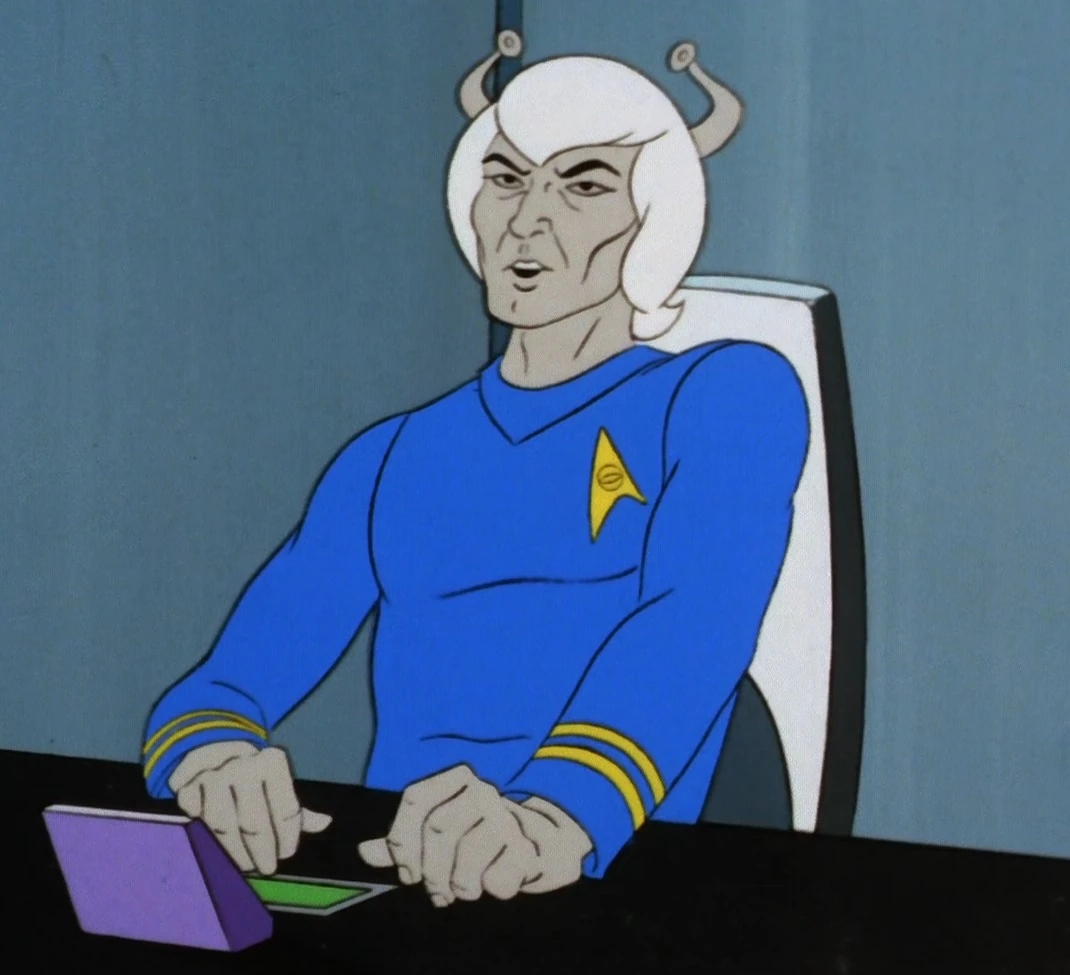


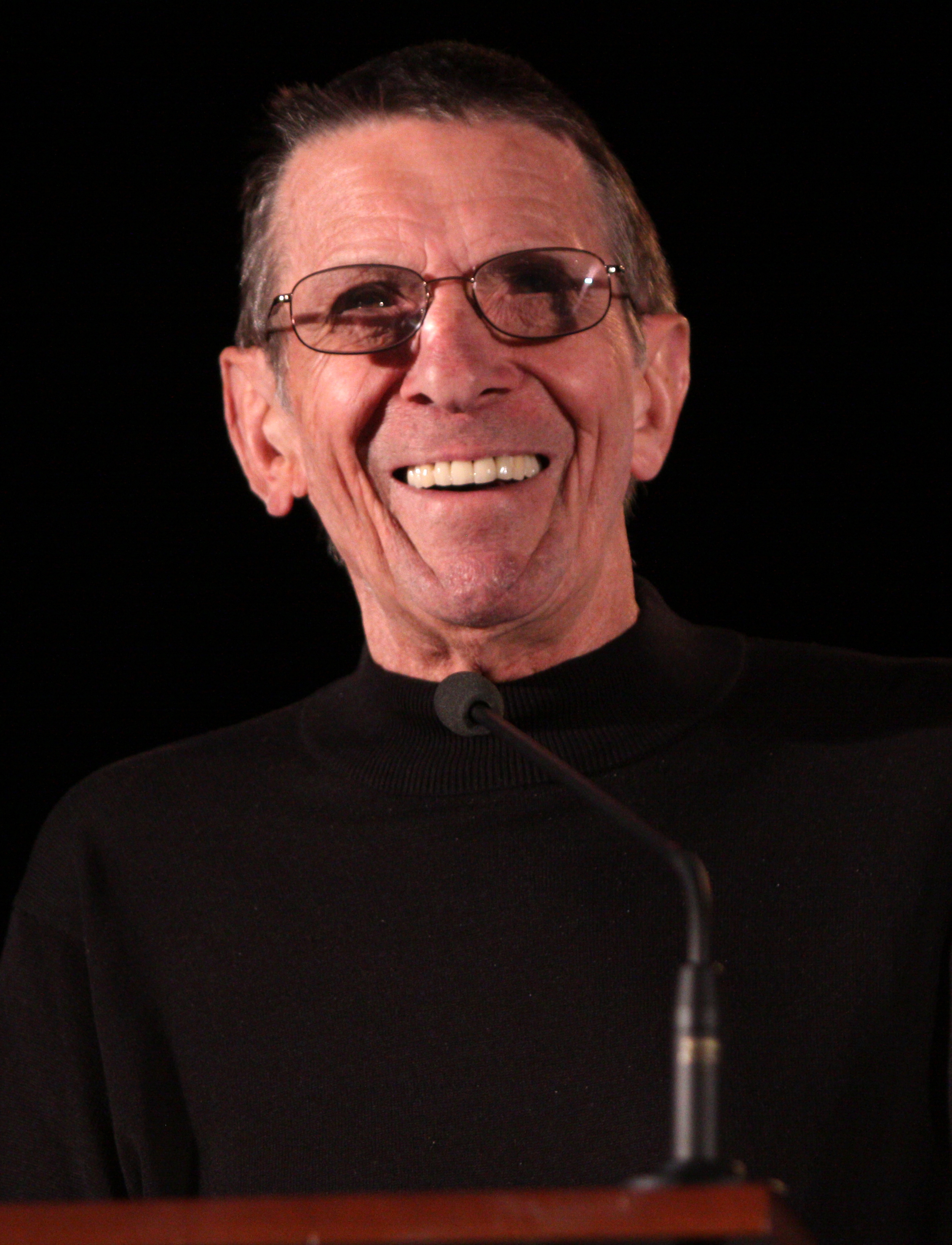
.jpg/revision/latest/scale-to-width/292?cb=20061205005802&path-prefix=en)


